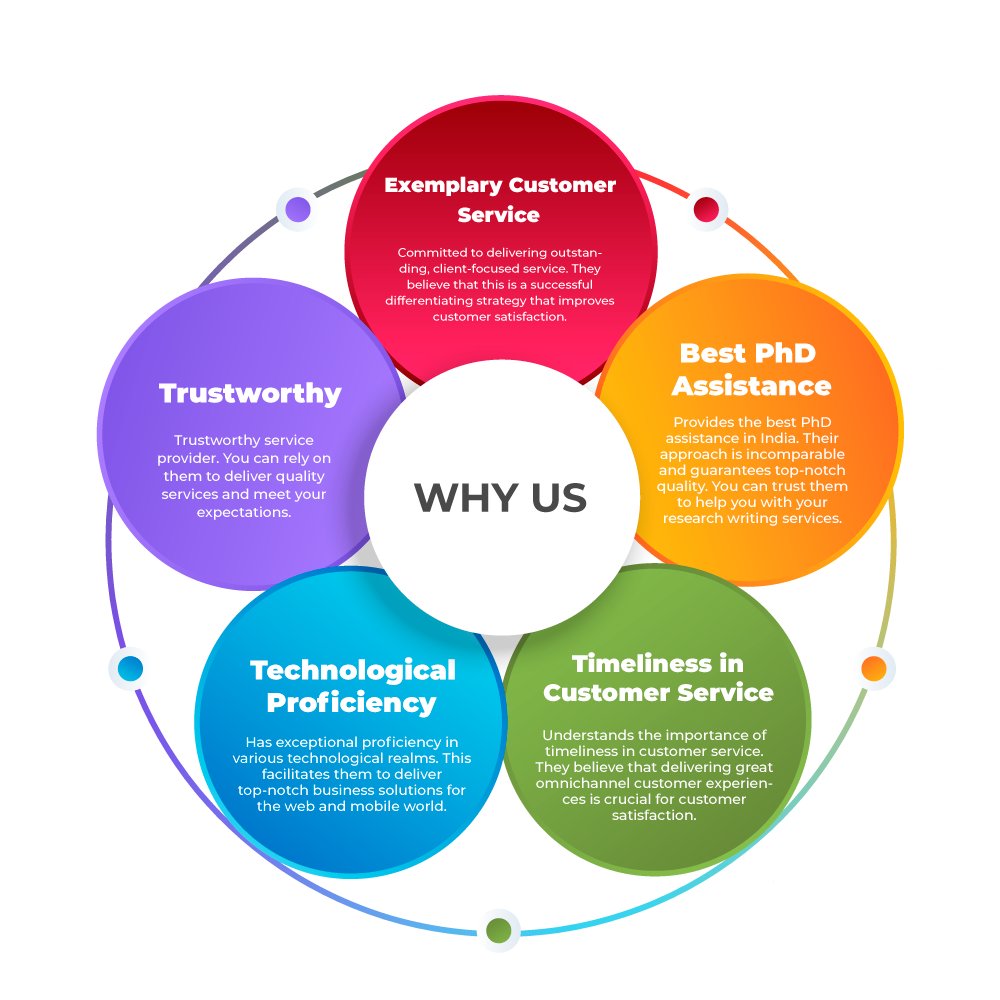CHALLENGES OF REVIEW PAPER WRITER
Writing a review paper is a crucial task for review paper writer. It acts as a
summarizing of already existing literature. Review paper writer face numerous challenges in writing
quality review paper.
Maintaining the objectivity is the primary challenges of review paper writer. They ensure that
their analysis is unbiased and the review paper should be based on thorough examination on
literature. An effective review paper must have complex information that it should be both
informative and accessible to the readers.
The another challenges for review paper writer is conducting comprehensive in depth
research in literature review of existing paper of particular topic
After gathering of literature, the review paper must analyze the information. The research
paper writers identify the patterns and trends and gaps in the research. This stage requires
critical thinking and analytical skills to find the relevant context.
The next challenge of review paper writer is translating complex and technical information
into understandable language to the reader who are new to the field. Crafting a clear and
clarity writing while conveying complex ideas is very much important. The review paper
writers should craft the paper using clear headings and subheadings and with relevant visual
aids such as tables and charts to present the paper clearly.
Crafting a high quality review paper requires lots of research and time. The review paper
writer must clearly allocate sufficient time for researching and analyzing
Review paper writers should follow the standard and guidelines of academic and should
follow specifications like formatting, citations and references as per the academic and
publication requirements.
Before submitting your review paper, get feedback from senior scholars or colleagues. It helps to minimize the errors and misinterpretations. Getting feedbacks helps to refine the tone of your review paper and helps to highlight areas that are unclear to readers who are not much familiar. Criticism provides an opportunity correct the mistakes and also helps to enhance the quality of your paper writing.
By following these strategies a review paper writer can craft an efficient and qualified review paper as
per the required standard and guidelines. We assured that our experienced writer guides you and help
to write the best review paper as per your requirements and assured to deliver the paper before your
deadliness. We also assured to follow the standard and guidelines of the academic.





-1.webp)
-2.webp)
-3.webp)
-4.webp)
